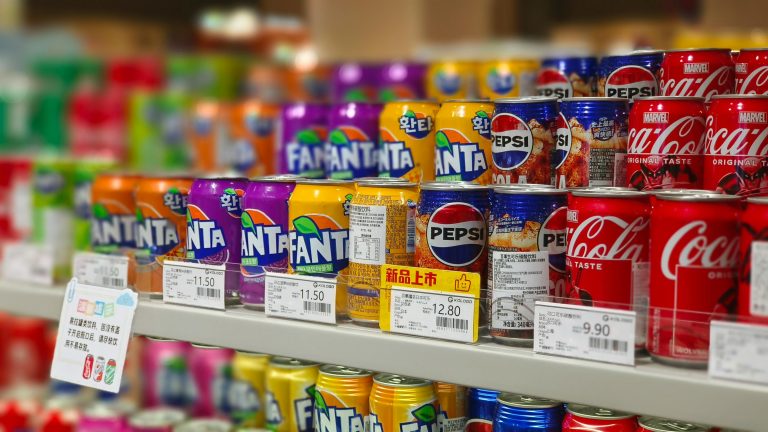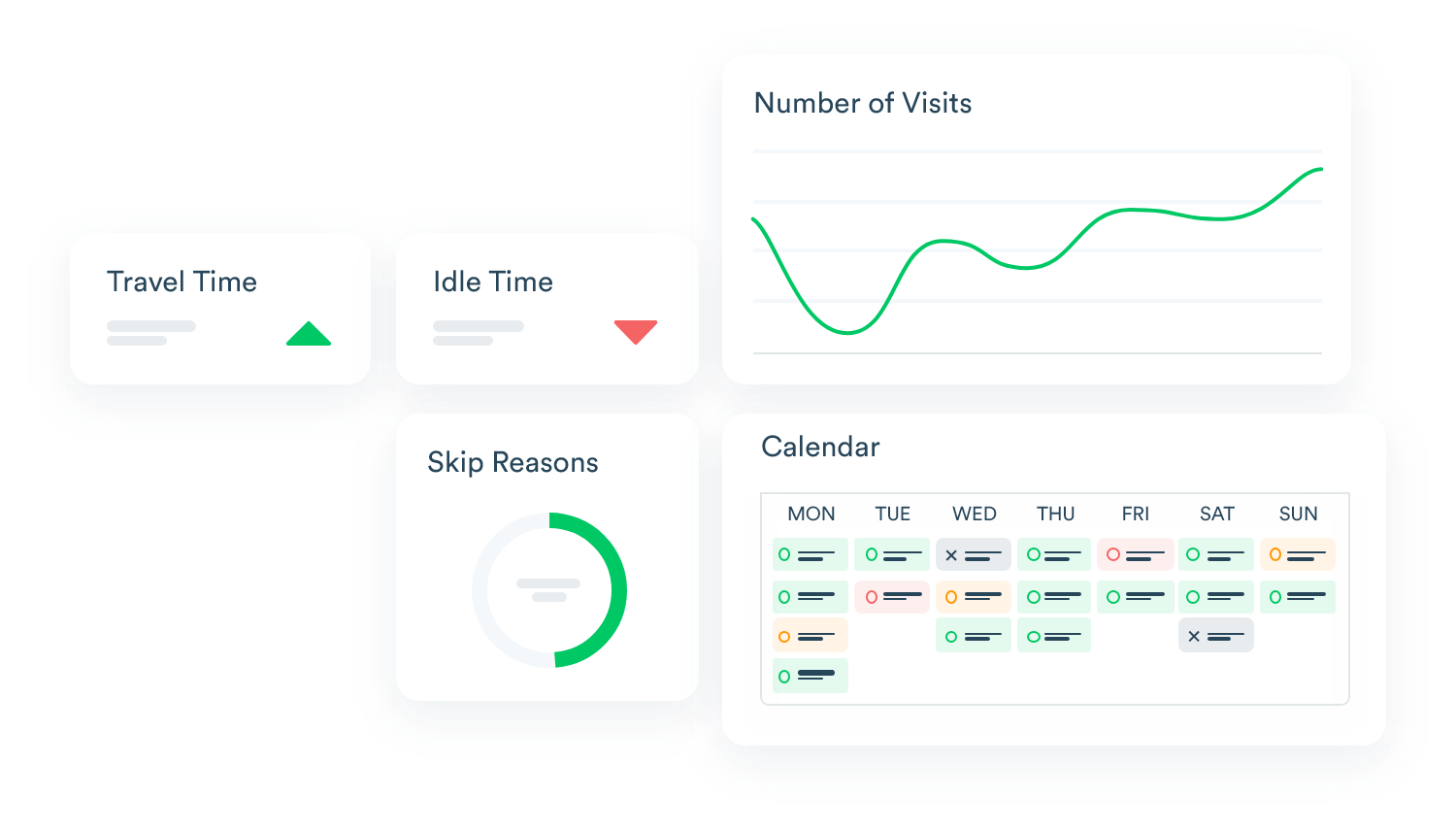In the busy world of retail, planograms stand as the essential blueprints that can either make or break the shopping experience. Defined as detailed visual representations of a store’s floorplan and the placement of goods, planograms play a pivotal role in influencing customer behavior and, ultimately, sales.
However, executing a planogram that optimally drives cross-brand or category purchases isn’t a cakewalk; it requires sharp strategies, an understanding of customer preferences, and an unwavering commitment to monitoring results.
On average, planograms go out of compliance at a rate of 10% per week (National Association for Retail Marketing), and only 57.4% of retailers have a system in place to measure planogram compliance. (Cognizant)
This exhaustive guide is for retail managers, merchandising executives, and brand managers who seek to enhance their planogram execution and, in turn, bolster overall sale
Planogram Essentials and Their Influence on Consumer Behavior
Planograms are much more than mere organizational charts for merchandise placement. They strategically lay out product placements that align with shopper tendencies and purchasing patterns. Whether in the labyrinth of a supermarket or the layout of a boutique, a well-crafted planogram can lead consumers on a path of discovery, encouraging them to pick up supplementary items from different brands and categories.
To fully harness the influence of planograms, retail professionals must understand the delicate balance between aesthetics and strategic placement. Aisle layouts and shelf compositions should evolve with customer preferences, ensuring that they not only find the products they came for but also discover new items that complement their original intent or purchase decision.
Challenges in Cross-Brand Planogram Optimization
Retailers face multifaceted challenges when striving to optimize planograms for cross-brand or category sales. Some common obstacles include aligning varying brand strategies in close proximity, managing inventory constraints within limited shelf space, and addressing inconsistencies in promotional campaigns launched by different brands.
Brand managers and merchandising teams must coordinate efforts to create synergistic planograms. This involves not only aligning products in a visually appealing way but also considering product category adjacencies that can naturally lead customers to explore complementary offerings.
Utilizing Data Analytics for Informed Decisions
In the age of big data, retailers have a treasure trove of information at their fingertips. Sales performance data, customer purchase patterns, and even local demographic insights can be harnessed to build compelling cross-brand planograms. By integrating data analytics tools, brands can identify high-traffic areas and ideal product placements to capture customer attention.
Artificial intelligence and image recognition technology are being used to analyze the effectiveness of planograms with remarkable precision. These tools can measure share of shelf, identify out-of-stock situations, and even provide insights into customer engagement with specific products. Find out more about the Shelvz Portfolio Visibility solution to get the most out of your field team’s retail execution efforts.
Seasonal and Trend Analysis for Planogram Success
Retail is greatly influenced by time and trends. Planograms that are modified to reflect the changing seasons or to capitalize on trending products can significantly boost cross-sales opportunities. For instance, back-to-school promotions not only feature school supplies but may also include lunch or snack products, leading to cross-brand purchases.
Managers must stay informed about upcoming trends and seasonal changes to adjust their planograms accordingly. By staying proactive and planning in advance, retailers can better position their products to align with consumer needs and purchasing habits.
Tailoring Planograms for Different Target Audiences
One size doesn’t fit all in the retail world, and neither should planograms. Segmentation of the target audience is crucial when aiming to boost cross-brand sales through strategic planogram design. High-income shoppers may respond to luxurious and upscale displays that curate products from different premium brands, while families might be drawn to planograms that offer convenience and value with easy-to-browse essentials.
Understanding your customer base through detailed analytics and market research allows for the customization of planograms that resonate with diverse segments. This personalized approach can lead to stronger brand loyalty and increased basket sizes as customers appreciate the tailored shopping experiences.
Scheduling Routine Planogram Audits for Brand Standards Compliance
It’s not enough to have a great planogram on paper; it must be consistently executed in-store. Routine planogram audits are the bedrock of ensuring brand standards compliance, which is critical for maintaining the integrity of your sales strategy. Brand managers should establish clear expectations and regularly visit stores to track performance against planograms.
Using current tools, 44% of retail stores are unable to properly reset a planogram within 13 weeks. (National Association for Retail Marketing)
Technology solutions, such as shelf image recognition software, can streamline the audit process by providing real-time visibility into store conditions and planogram adherence. Automating these tasks using the Shelvz solution allows for a more efficient use of resources and ensures that corrective actions are taken promptly.
Optimizing Your Planogram to Impact and Drive Sales
An effective planogram doesn’t just look good; it drives sales. To optimize this impact, consider the science of shopper psychology. Key products or those with the highest margins should be placed at eye level and within arm’s reach for easy access. Call-outs like ‘special offers’ or ‘limited edition’ can further encourage cross-brand purchases by creating a sense of urgency and exclusivity.
In a supermarket setting, for example, placing pasta near pasta sauces and wine can suggest a complete meal, leading to increased sales across multiple categories and brands. Each planogram should tell a cohesive narrative that guides the shopper through their purchasing journey.
Monitoring and Adjusting Planograms for Continued Success
The retail landscape is dynamic, and so too should be your planograms. Continuous monitoring of planogram performance and shopper behavior can reveal valuable insights that lead to adjustments for increased effectiveness. Managers should be prepared to act swiftly in response to underperforming planograms or unexpected shifts in consumer behavior.
Regularly soliciting feedback from sales associates and customer surveys can provide on-the-ground insights that complement the data analysis. This holistic approach to planogram management ensures that retailers stay one step ahead and continue to boost cross-brand and category sales.
Summary and Conclusion
The implementation of a meticulously designed planogram can have a profound impact on retail sales. By understanding customer behavior, leveraging data analytics through the use of a retail execution solution, and remaining flexible to seasonal and trend analyses, retailers can craft planograms that not only attract attention but also encourage cross-brand purchases. Routine audits, strategic optimization, and continuous monitoring are the pillars of a successful planogram strategy.
In a competitive market, the ability to differentiate and drive comprehensive sales is a strategic advantage. It’s a testament to how planograms don’t just arrange products on shelves; they orchestrate the shopping experience to enhance the customer’s interaction with your brand.
Experience the Power of Shelvz for Enhanced Planogram Audits
For brand managers looking to elevate their planogram execution, consider the benefits of the Shelvz retail management solution. From ensuring share of shelf and brand display agreement compliance to offering real-time insights and streamlined auditing processes, Shelvz empowers brand managers to make smarter, faster decisions that optimize sales potential. Book a demo today and experience the next level of retail execution.



